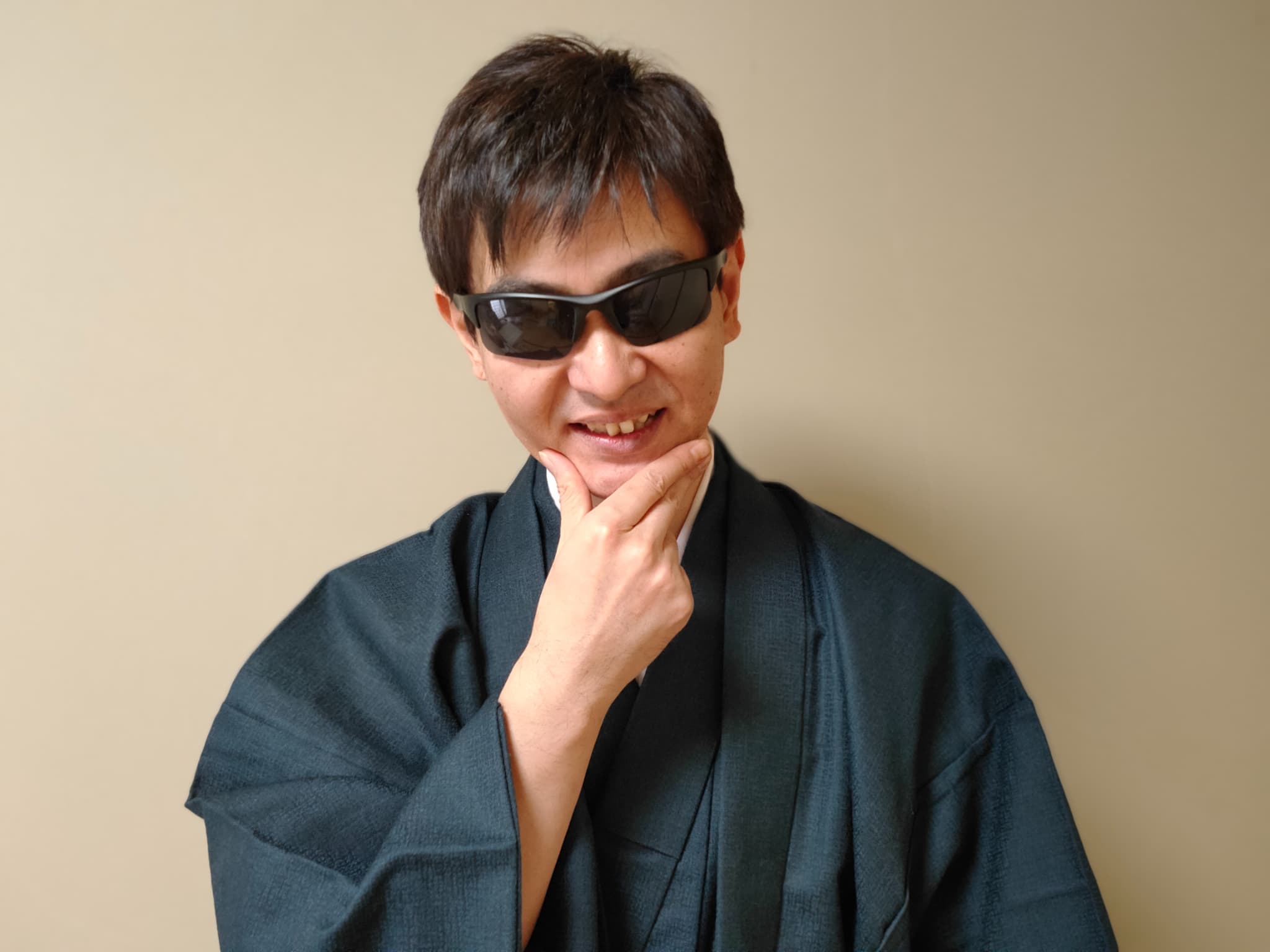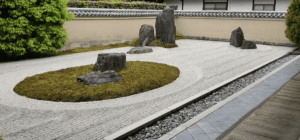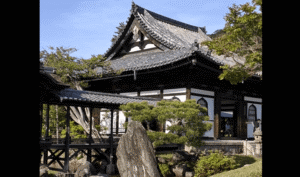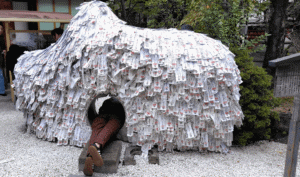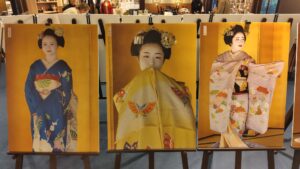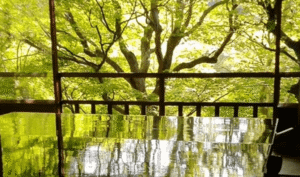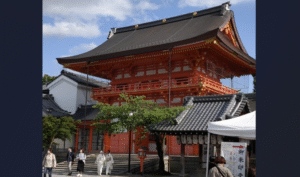Tenryu-ji Temple, located in Kyoto’s scenic Arashiyama district, is one of the most historically significant Zen temples in Japan. Founded in 1339, it serves as the head temple of the Tenryu-ji branch of the Rinzai school of Zen Buddhism. With a stunning landscape garden and deep cultural heritage, it has earned a place on the UNESCO World Heritage list as part of the “Historic Monuments of Ancient Kyoto.”
Many visitors consider it one of the most beautiful gardens in Japan, especially during autumn when the scenery becomes particularly stunning.
The vibrant fall foliage, set against the backdrop of temples and mountains, creates a truly unforgettable view.
After exploring the garden, you can easily stroll into the iconic Bamboo Grove directly from the temple. This atmospheric path offers a uniquely Japanese experience that should not be missed.
This guide offers an in-depth look at Tenryu-ji’s history, highlights, and practical tips for your visit.
Historical Background

Tenryu-ji was established by the shogun Ashikaga Takauji in memory of Emperor Go-Daigo, with the influential Zen monk Muso Soseki appointed as its founding abbot. Its construction marked the beginning of the Muromachi period’s temple-building boom and reflected the close ties between Zen Buddhism and political power at the time.
Though it was one of Kyoto’s most prominent temples, Tenryu-ji suffered repeated destruction by fire over the centuries, including during the Onin War and various accidental blazes. Despite these challenges, the temple has been carefully rebuilt each time, preserving its legacy as one of the most important Zen sites in the country.
Book the lowest-priced Shinkansen, hotels, and rental cars directly from trusted Japanese booking sites!
Discover why the world is obsessed with Japanese digital manga — start reading now!
UNESCO World Heritage Site
In 1994, Tenryu-ji was designated a UNESCO World Heritage Site as part of the “Historic Monuments of Ancient Kyoto.” This recognition reflects not only the temple’s historical and architectural significance but also its cultural contributions to Japanese Zen Buddhism and garden design.
Sogenchi Garden: A Masterpiece of Zen Design

One of the temple’s most remarkable features is the Sogenchi Teien, a landscape garden created by Muso Soseki. This traditional shakkei (borrowed scenery) garden integrates the surrounding Arashiyama mountains into its design, creating a harmonious composition of pond, rocks, pine trees, and seasonal foliage.
In 1935, it was designated as both a Special Place of Scenic Beauty and a Historic Site by the Japanese government. While not the first garden to receive such honors, it remains one of the most revered examples of medieval Japanese garden aesthetics. The garden layout has remained largely unchanged since the 14th century, offering a rare glimpse into the past.
Highlights of Tenryu-ji Temple Grounds
Main Hall (Hatto)
The current main hall, reconstructed in the early 20th century, follows the classical layout of Zen architecture. Inside, visitors can admire a dramatic ceiling painting of a Cloud Dragon, added in 1997 to commemorate the 650th anniversary of the temple’s founding. The dragon appears to follow visitors with its gaze, symbolizing protection and spiritual insight.
Dharma Hall and Lecture Hall
Other important structures include the Hojo (Abbot’s Quarters) and Kuri (Temple Kitchen), showcasing traditional wooden architecture and understated Zen aesthetics. While some halls are not open to the public, designated routes guide visitors through significant areas, including corridors offering views of the gardens.
Seasonal Highlights
- Cherry Blossoms (Late March – Early April): Pink blossoms frame the pond and temple buildings, making it a favorite spot during Kyoto’s sakura season.
- Autumn Foliage (Mid-November – Early December): Brilliant red and gold maple leaves contrast with the evergreens, especially stunning around the garden pond.
Book the lowest-priced hotels, and rental kimono directly from trusted Japanese booking sites!
Discover why the world is obsessed with Japanese digital manga — start reading now!
Bamboo Grove Access from Tenryu-ji
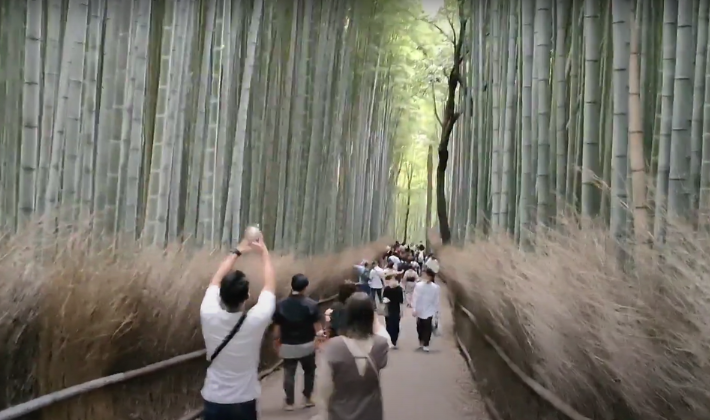
Tenryu-ji offers a unique entrance to the Arashiyama Bamboo Grove. After exploring the temple, visitors can exit through the North Gate, which opens directly into the bamboo forest. This seamless transition makes it easy to enjoy two of Arashiyama’s most iconic sights in one visit.
How to Visit Tenryu-ji
Location and Access
Tenryu-ji is located in Kyoto’s Arashiyama district, a popular area known for its natural beauty and cultural sites.
- By Train:
- JR Saga-Arashiyama Station (10-minute walk)
- Randen Arashiyama Station (5-minute walk)
- By Bus:
- Kyoto City Bus or Kyoto Bus lines stop near the temple.
- From Kyoto Station, take Bus 28 or 72 to Arashiyama-Tenryuji-mae or Keifuku-Arashiyama-ekimae stop. From there, it’s about a 5-minute walk.
- By Bicycle:
- Bicycle rentals are available near Saga-Arashiyama Station; cycling through Arashiyama is a scenic option.


